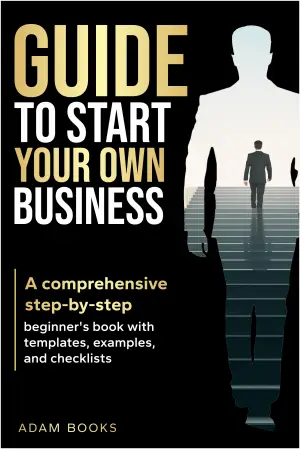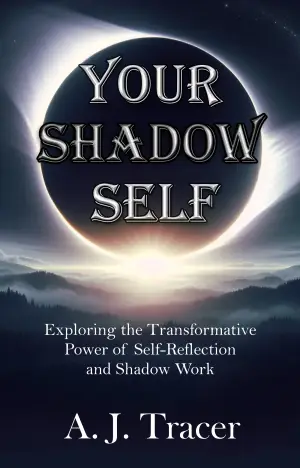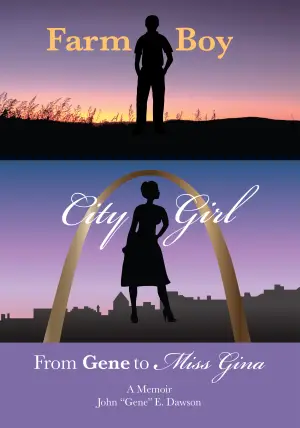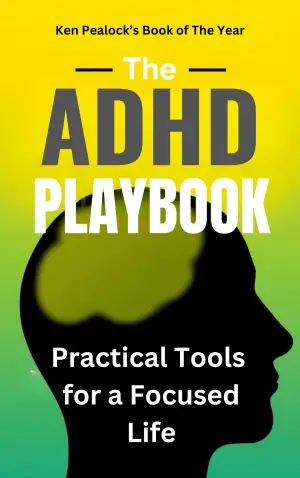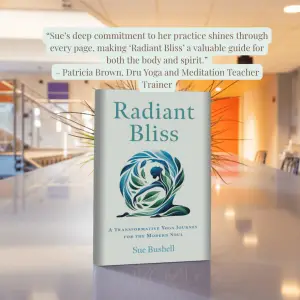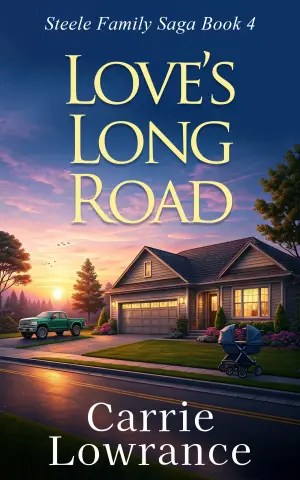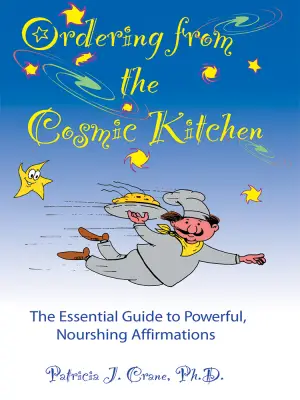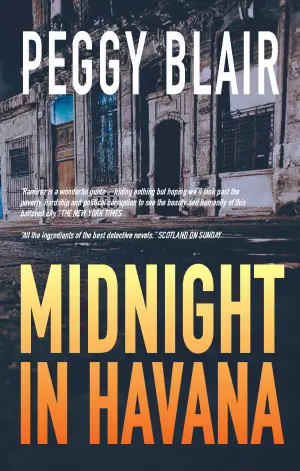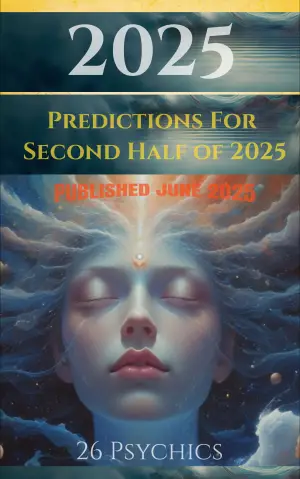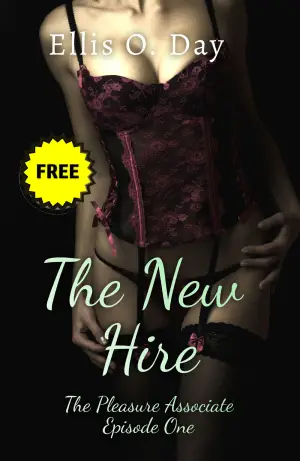Discovering Eternity in F. Scott Fitzgerald’s The Great Gatsby
There are books that linger on our shelves, their spines untouched, and then there are those that call to us, demanding to be read. The Great Gatsby by F. Scott Fitzgerald is one such book for me. I first encountered its ethereal prose during a moment of quiet, captivated by a promise of glamour and tragedy that swirled around Jay Gatsby’s enigmatic life. Though it was penned in the jazz-soaked 1920s, Fitzgerald’s masterwork feels strikingly relevant today.
At its core, The Great Gatsby is a romantic tragedy woven through the tapestry of the American Dream. The story unravels through the eyes of Nick Carraway, who becomes entwined in the lavish world of his neighbor, the mysterious Jay Gatsby. Gatsby’s life is shrouded in myths and speculation, leading to a series of haunting themes: the illusion of love, the hollowness of wealth, and the relentless pursuit of an unreachable ideal. The haunting line—“Così continuiamo a remare, barche contro la corrente, sospinti senza posa verso il passato”—captures Gatsby perfectly, as he incessantly strives for a dream long faded.
Fitzgerald’s writing style is nothing short of luminous, almost cinematic in its vivid imagery. As I read, I could envision the shimmering lights of Gatsby’s extravagant parties, the palpable tension of longing between Gatsby and Daisy Buchanan, and the oppressive ash-colored wasteland surrounding the Valley of Ashes. It’s intriguing how Fitzgerald incorporates symbols—like the green light across the bay—representing Gatsby’s unreachable aspirations and the elusive American Dream. Each scene feels painted with a careful eye, inviting us to step into this visual feast despite the limitations of black-and-white film that marked Gatsby’s time.
What struck me most was the construction of Nick as both narrator and participant, a perspective that further imbues the story with layers of illusion. His manipulation of time feels like a director’s montage, skillfully highlighting how memory—and disillusionment—shape our understanding of the past. The filmic qualities of the narrative echo throughout, from the muted whispers of Gatsby’s origins to the climactic moments that unfold offstage, urging us to fill in the gaps. Everything about it feels like watching light flicker across water—beautiful yet fleeting.
Reflecting on its numerous adaptations, it’s tragic that many have struggled to capture Gatsby’s essence. The 2013 film, with its dazzling visuals, still felt like a shadow of the novel’s deeper emotional currents. Fitzgerald himself might have scoffed at the interpretations, yet the truth remains: his work endures in the hearts of readers, transcending time and cinema. It’s a classic, as Italo Calvino reminds us—an eternal conversation that continues to resonate.
In closing, if you’re drawn to tales of unfulfilled dreams and the intricacies of human connection—packed with exquisite prose and reflective insight—The Great Gatsby should secure a spot on your reading list. The experience for me was not just about reading a book; it was a rediscovery of innocence, aspiration, and the shadows cast by unreachable light. It’s a reminder that sometimes, the quest itself is as vital as reaching the destination. As Gatsby himself might suggest, let us love for a while amid the shimmering, complex beauty of our dreams.

